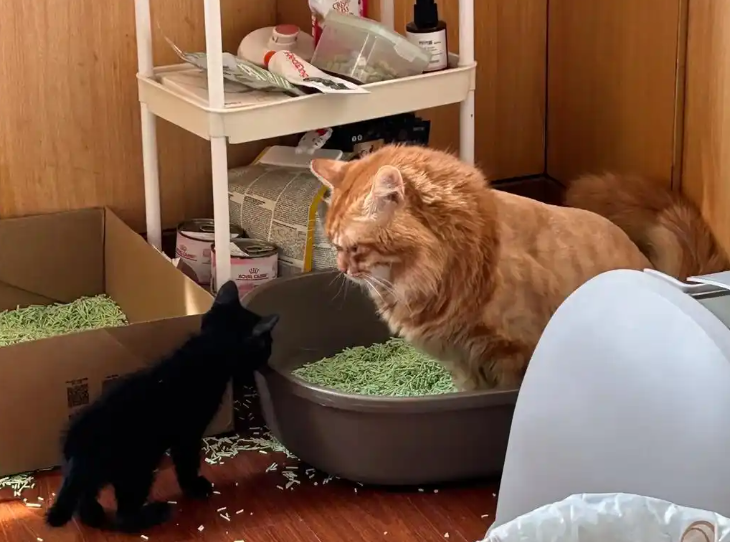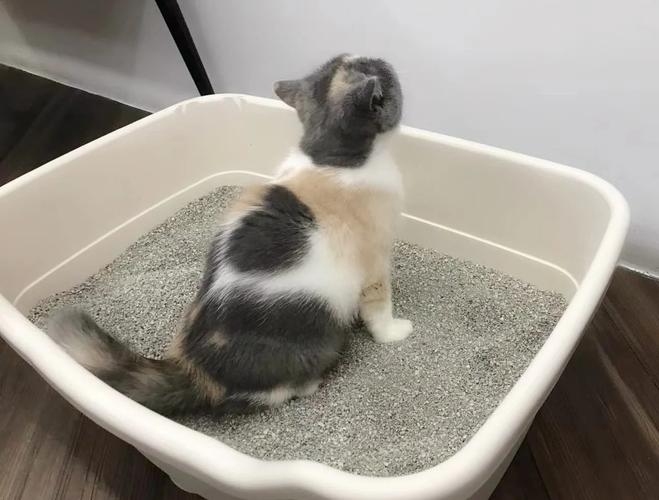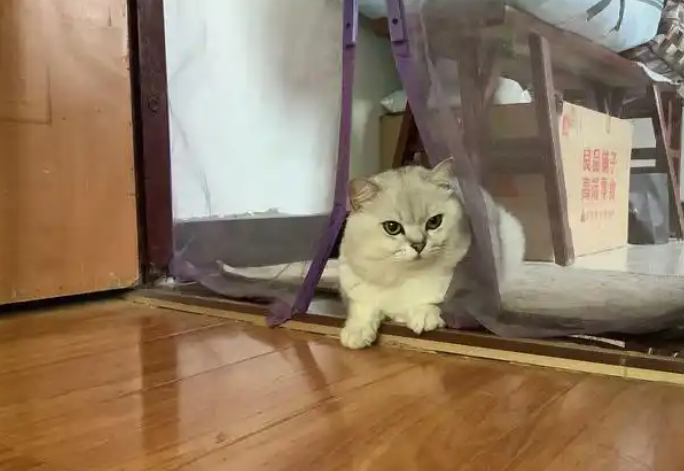Every kitten owner’s nightmare: waking up to a puddle of urine on the carpet or a hidden surprise behind the couch. While kittens are naturally inclined to use a litter box, sudden accidents or persistent avoidance can leave even experienced pet parents baffled. Before you blame your furry friend for being “stubborn” or “messy,” understand that kittens rarely act out without cause. From health issues to environmental stressors, their behavior is a form of communication—and it’s your job to decode it. This article dives deep into the seven most common reasons kittens avoid their litter boxes, backed by veterinary insights and actionable fixes to restore harmony in your home.

1. The Litter Box Isn’t Up to Standard
Kittens are fastidious creatures. If their litter box feels dirty, cramped, or uninviting, they’ll seek alternatives.
Key Issues:
Dirty Litter Box: Scooping waste daily is non-negotiable. A smelly, overcrowded box repels kittens.
Wrong Size: A box too small forces kittens to crouch uncomfortably. Choose one 1.5 times their length.
Poor Placement: High-traffic areas or noisy spots (near washing machines) stress kittens during elimination.
Solutions:
Clean the box 1–2 times daily. Replace clumping litter weekly.
Upgrade to a larger, open-top box (avoid covered designs for timid kittens).
Place boxes in quiet, low-traffic zones—ideally one per floor in multi-level homes.
2. Medical Problems: Silent Red Flags

Sudden litter box aversion often signals pain or illness. Kittens with urinary tract infections (UTIs), bladder stones, or gastrointestinal issues associate the box with discomfort.
Warning Signs:
Straining to urinate/defecate.
Blood in urine or stool.
Frequent squatting with little output.
Action Steps:
Visit a vet immediately for urinalysis, blood tests, or imaging.
Conditions like feline idiopathic cystitis or parasites require prompt treatment.
3. Stress and Anxiety: The Invisible Culprit

Kittens thrive on routine. Changes like moving homes, new pets, or loud guests disrupt their sense of security, triggering accidents.
Stress Triggers:
New pets or babies competing for attention.
Rearranged furniture or relocated litter boxes.
Conflict with other household cats.
Calming Strategies:
Reintroduce changes gradually (e.g., isolate new pets for 1–2 weeks).
Use pheromone diffusers (Feliway) to ease anxiety.
Dedicate 15–20 minutes daily to interactive play to rebuild trust.
4. Territorial Marking: Hormones at Play

Unneutered kittens (especially males) spray urine to claim territory or attract mates. This isn’t “misbehavior”—it’s instinct.
Solutions:
Spay/neuter by 4–6 months old to curb hormonal urges.
Clean marked areas with enzymatic cleaners (e.g., Nature’s Miracle) to erase scent trails.
5. Litter Preferences: Texture Matters

Kittens develop strong preferences for litter texture and scent. Abrupt switches (e.g., clay to silica) may trigger avoidance.
Fix It:
Test options: Unscented clumping clay, silica crystals, or biodegradable paper.
Mix 25% new litter with 75% old for gradual transitions.
6. Negative Associations: Traumatic Experiences
A kitten scared by a loud noise while using the box or punished for accidents may avoid it entirely.
Rebuilding Trust:
Never yell or rub their nose in accidents—this worsens fear.
Place treats near the box to create positive associations.
7. Aging or Mobility Challenges

While less common in kittens, arthritis or injuries (e.g., sprains) can make climbing into high-sided boxes painful.
Adjustments:
Use low-entry boxes for easy access.
Add non-slip mats nearby for stability.
Final Tips for Success
Multiple Boxes: For multi-cat homes, provide “n+1” boxes (e.g., 3 boxes for 2 cats).
Consistency: Stick to one litter type and cleaning routine.
Patience: Retraining takes 1–4 weeks. Celebrate small wins!
By addressing these root causes, you’ll not only solve litter box issues but also strengthen your bond with your kitten. Remember: Behind every accident is a message waiting to be understood.






No comments yet, come on and post~